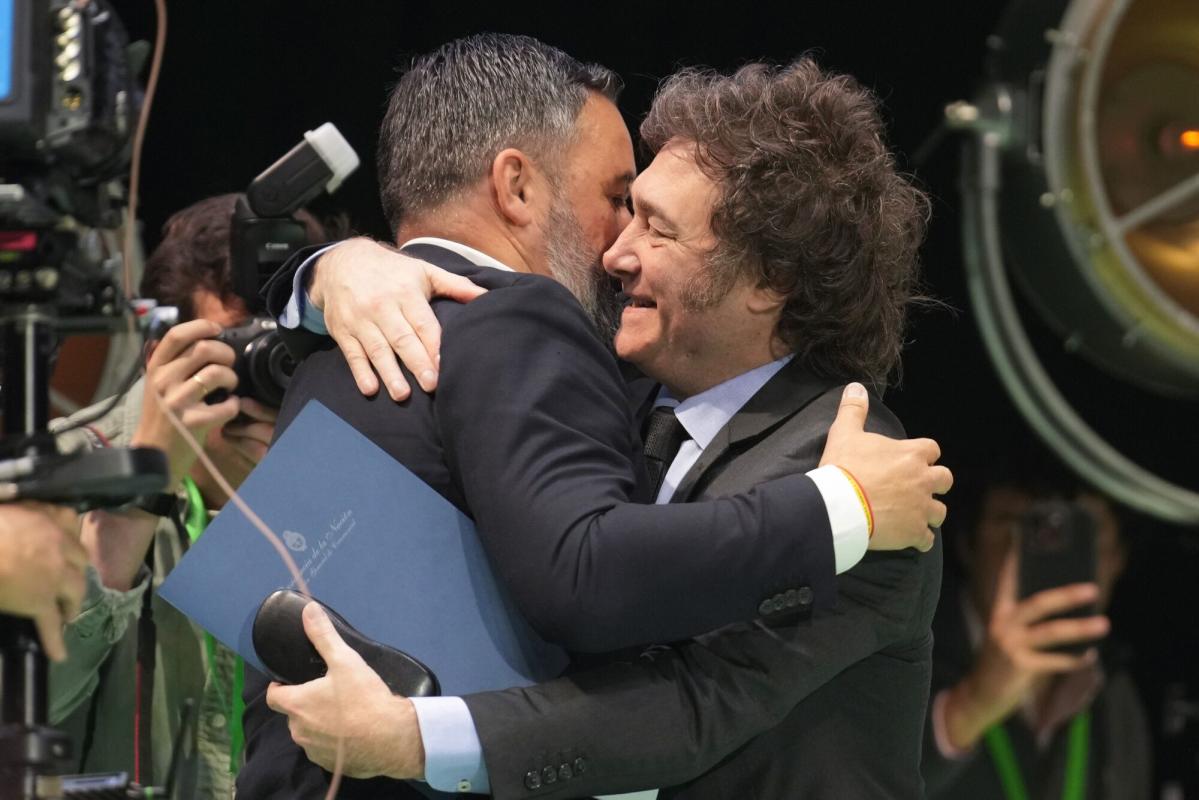News
Tranq causes difficulty breathing, dangerously low blood pressure, slowed heart rate and wounds that can become infected, according to the Centers for Disease Control and Prevention.
Stephen Yang
TikTokkers and YouTubers are being slammed for visiting a poor Philadelphia community just to take videos of residents high on a highly powerful sedative called “tranq” in a movement known as “tranq tourism.”
Some social videos that document the drug use in the low-income neighborhood of Kensington show people lying on the ground or zoom in on users who have taken the analgesic, which can cause difficulty in standing upright and flesh-eating wounds.
The videos often mock the people experiencing these symptoms, calling them “zombies,” “junkies” or even “fiends,” an exploitative trend recently re-highlighted in The Guardian Sunday
In a few of the clips, drug users are questioned about their personal lives in ways that opponents argue are playing on their vulnerabilities after they took the drug.
Tranq is the nickname for xylazine, a horse tranquilizer that officials warn could be lurking in the cocaine supply or be laced with fentanyl, the super-deadly synthetic opioid.
The powerful sedative causes difficulty breathing, dangerously low blood pressure, slowed heart rate and wounds that can become infected, according to the Centers for Disease Control and Prevention.
Tranq is extremely inexpensive; a kilogram of the dangerous powder can be bought online from China for as little as $6, the Drug Enforcement Agency warned last year.
“These videos don’t pull at the heart strings; they make these people look like animals in a zoo instead of individuals that need help,” Dr. Geri-Lynn Utter, a clinical psychologist told the outlet.
“It’s become very exploitative here; people from all over Europe and the US are coming into the area and putting their phones or cameras in people’s faces. It’s detrimental because it isn’t helping.
“It’s continuing to dehumanize. These people are not in the right frame of mind to consent or participate in a social media clip.”
a powerful sedative known as “tranq.” TikTok / @thebizzleeffect
But the videos have persisted, with Sarah Laurel, founder of Savage Sisters, a nonprofit supporting those affected by substance abuse, reportedly estimating there are now “over 150 channels dedicated to Kensington and all the things that take place here.”
Their faces are rarely blurred out and #Kenzingtonzombies has millions of views.
In one video posted by “Addiction After Dark” that reached 1.5 million views, a woman is filmed in an unspecified location rocking back and forth.
The interviewer asks her how old she is, to which the woman replies, “I’m sorry, please give me a moment.”
She later holds her hand up in front of her face and asks the person filming her to give her some respect.
“Addiction After Dark” captioned the video: “She is NOT crazy, she has a disease.
“Addiction is a disease that requires treatment. Spread awareness, stay informed.”
But as one TikTokker commented, “This is so exploitative. Sharing this video does nothing to help her.”
In many other videos, content creators often use terms like “help” or “raise awareness” to justify their videos, and experts say some believe their clips are truly the only way to show support or shine a light on the drug problem in Kensington.
But there’s never usually a way to donate funds or assist those they’re watching, and in some cases content creators have even set up online fundraisers for the addicts who never see the money, a content creator only referred to as “Jeff” told The Guardian.
Others even admit that they’re making these videos mostly for the money.
Profits on both TikTok and YouTube depend on the reach of the video.
In 2022, the typical compensation for YouTube content creators in the US was roughly $4,600 each month, according to Influencer Market Hub.
The website, owned by Google, typically pays about $20 for every 1,000 views.
TikTok is similar, but a user must have at least 10,000 followers to begin to earn money.
Jeff, though, believes there is a way to film these videos and pour the money back into the community.
He makes about $1,000 a month, which he spends on wound care and supplies like clothes, according to the report.
Laurel, whose organization offers resources like wound care, showers and daily supplies from its storefront, agreed.
“Don’t just show up and record, bring resources, clean up,” she said.
“Ask the community what they need.”
Load more…
{{/isDisplay}}{{#isAniviewVideo}}
{{/isAniviewVideo}}{{#isSRVideo}}
{{/isSRVideo}}

Rachel Carter is a health and wellness expert dedicated to helping readers lead healthier lives. With a background in nutrition, she offers evidence-based advice on fitness, nutrition, and mental well-being.








